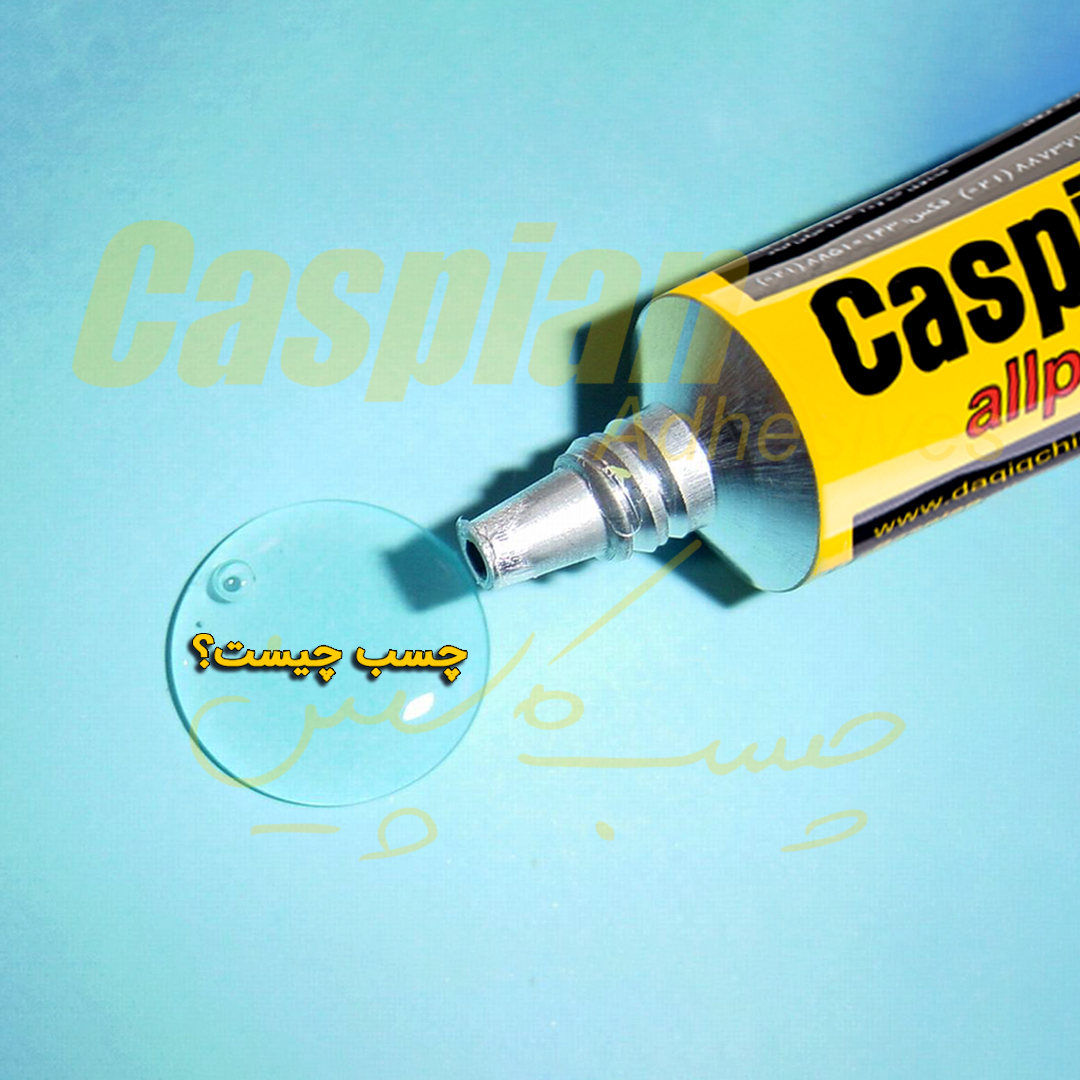
19 May What Is Glue?
How Glue Works
The two forces at work in glues are adhesion and cohesion. Using two pieces of pipe glued together as an example—adhesive forces are those that connect the glue to each piece of pipe. A cohesive force is what holds the glue to itself.
There are various types of glues that work in different ways. Overall, glue can be classified as either reactive or nonreactive, depending on how it hardens.
Reactive adhesives, which harden through chemical reactions, do so in two primary ways:
- Two-part adhesives, such as epoxy, require two materials to create a chemical reaction.
- Single-part adhesives may use an energy source—such as heat, moisture or radiation—to cause the reaction and hardening.
Nonreactive adhesives require no chemical reaction to harden:
- A solution that contains solvents will harden as it evaporates.
- Some adhesives “stick” when pressure is applied (think Post-It® notes).
- Adhesives applied in a molten form harden as they cool (picture a hot-glue gun).
Performance of Adhesive Connections
Regardless of the two materials being connected or the type of adhesive used, glue bonds only “stick” two materials together. Once a strong enough force acts on the connection, the bond can break and the two joined materials detach.
In the world of industrial processing applications, glue is unreliable. It would significantly diminish pressure ratings, and be potentially incompatible with processing materials and high temperatures. In addition, the chemicals within certain glues may actually degrade or weaken the piping material.
For industrial applications involving plastics, installers turn to solvent cement.
source: https://www.corzan.com/blog/why-solvent-cement-is-not-glue
